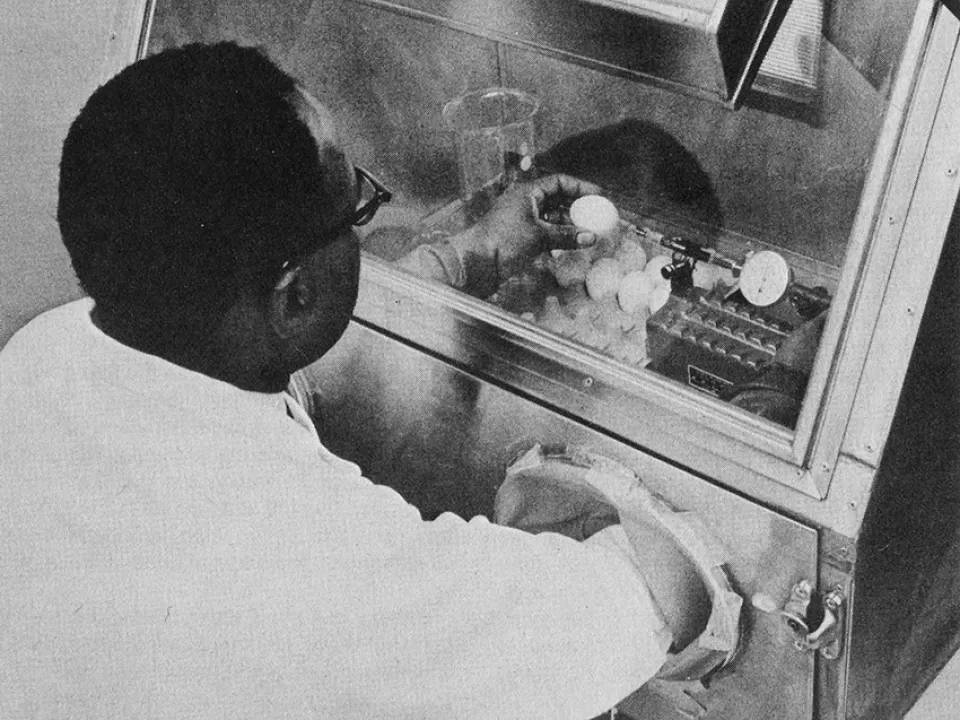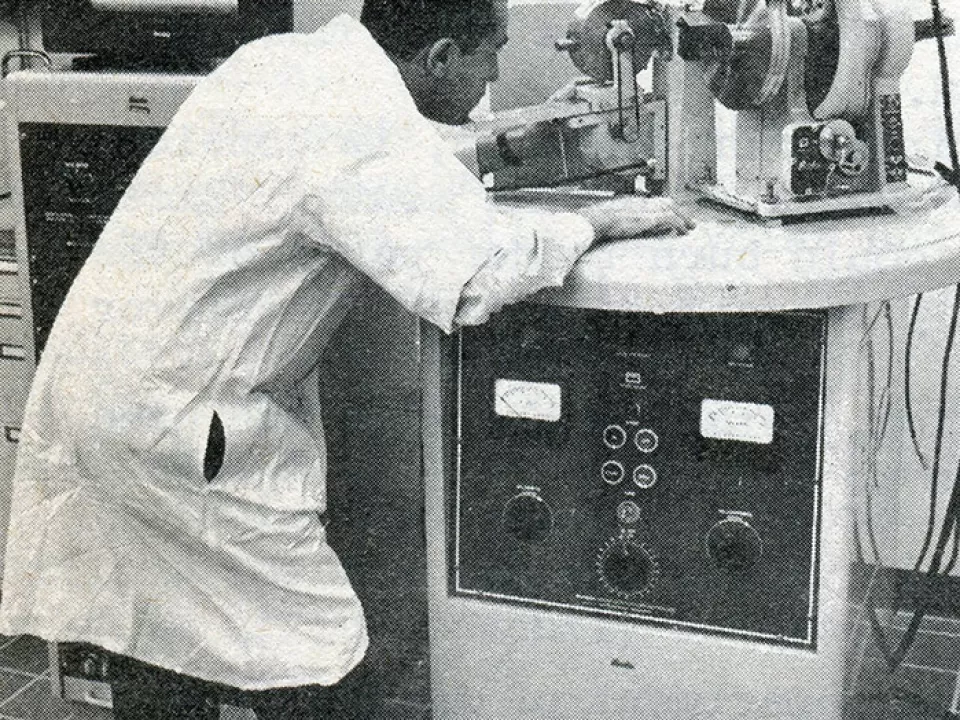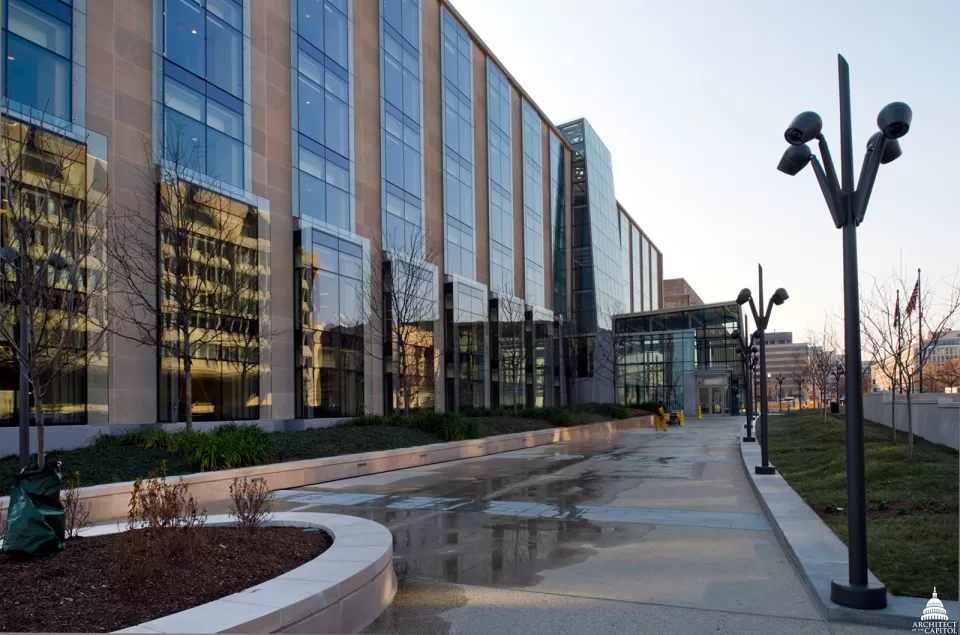Our Stories
Recent Articles
History & Discoveries
A Hallowed Figure in American Art and Culture: the Bald Eagle
The bald eagle is painted, sculpted and carved throughout the Capitol campus. Its white head, wide wingspan and gnarled talons are ubiquitous.
History & Discoveries
Unearthing Capitol Hill's Buried History
Visit Congressional Cemetery and discover the many connections the Architect of the Capitol has to this hallowed ground.
History & Discoveries
The U.S. Capitol Rotunda: Celebrating 200 Years as the Heart of American Democracy
The Rotunda was completed under the direction of Charles Bulfinch by the time of the visit of the Marquis de Lafayette in October 1824.
History & Discoveries
The Liberty Cap: Symbol of American Freedom
The 2024 Olympic mascot is a conical cap, the Phryge, a French symbol of freedom, but it symbolized freedom in the United States before the French adopted it.











Comments
Great article. A neighbor worked there when it first opened.
Interesting history!
An outstanding share! I've just forwarded this onto a colleague who was conducting a little homework on this._x000D_ And he actually ordered me breakfast because I stumbled upon it for him..._x000D_ lol. So let me reword this.... Thank YOU for the meal!!_x000D_ But yeah, thanks for spending some time to talk about this topic here on your web _x000D_ page.
Add new comment